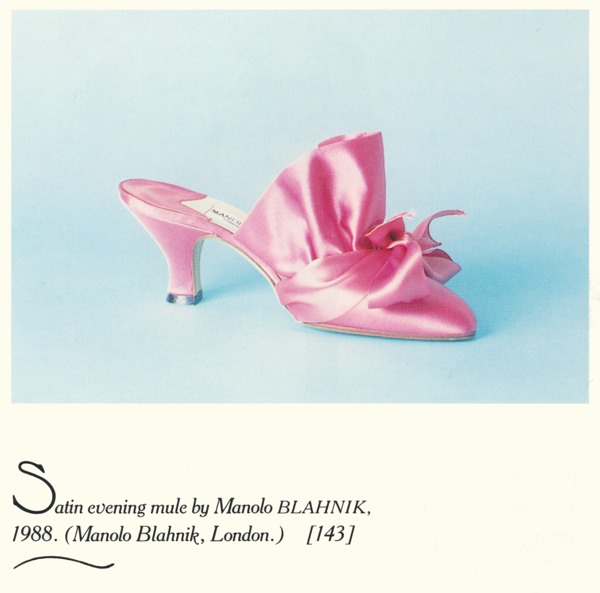 |
| [Not the original] Jelly Shoe |
 |
| 1946 - 2013 | Sarraizienne by Jean Dauphant Les Sarraix par Celles-sur-Duralle | France |
The oldest patent available is dated 1954 while this one below is from the following year. In any case, it makes Jean Dauphant the original item making all the others second-rate copycats.
 |
1955 | Jean Dauphant
Pantoufles en matière plastique
Source: INPI (Institute National de la Propriété Industrielle - France)
|
Much like the Crocs, the Méduse (jellyfish) is an acquired taste, however it can count on unsuspecting supporters like cult director Terry Gilliam.
A smart woman
Check out my jelly shoes – pretty groovy, I’m sure you’ll agree. Michael Palin’s wife Helen hated them so much she wouldn’t let me in the house with them on.
Terry Gilliam[From: Gilliamesque: A Pre-posthumous Memoir - Harper Design, 2015]
 |
1968 | Terry Gilliam | detail
Source: Gilliamesque: A Pre-posthumous Memoir - Harper Design, 2015
|
 |
1952 | Sarraizienne by Jean Dauphant
Les Sarraix par Celles-sur-Duralle | France
Source: Delcampe
|
F O O T N O T E S
 |
1961 | Bata Air-Ba
Artwork by Peter Birkhäuser
Source: Poster Auctioneer
|
 |
1968 | The WE HAVE WAYS OF MAKING YOU LAUGH team
Source: Gilliamesque: A Pre-posthumous Memoir - Harper Design, 2015
|












































